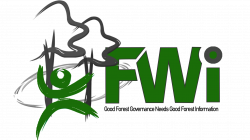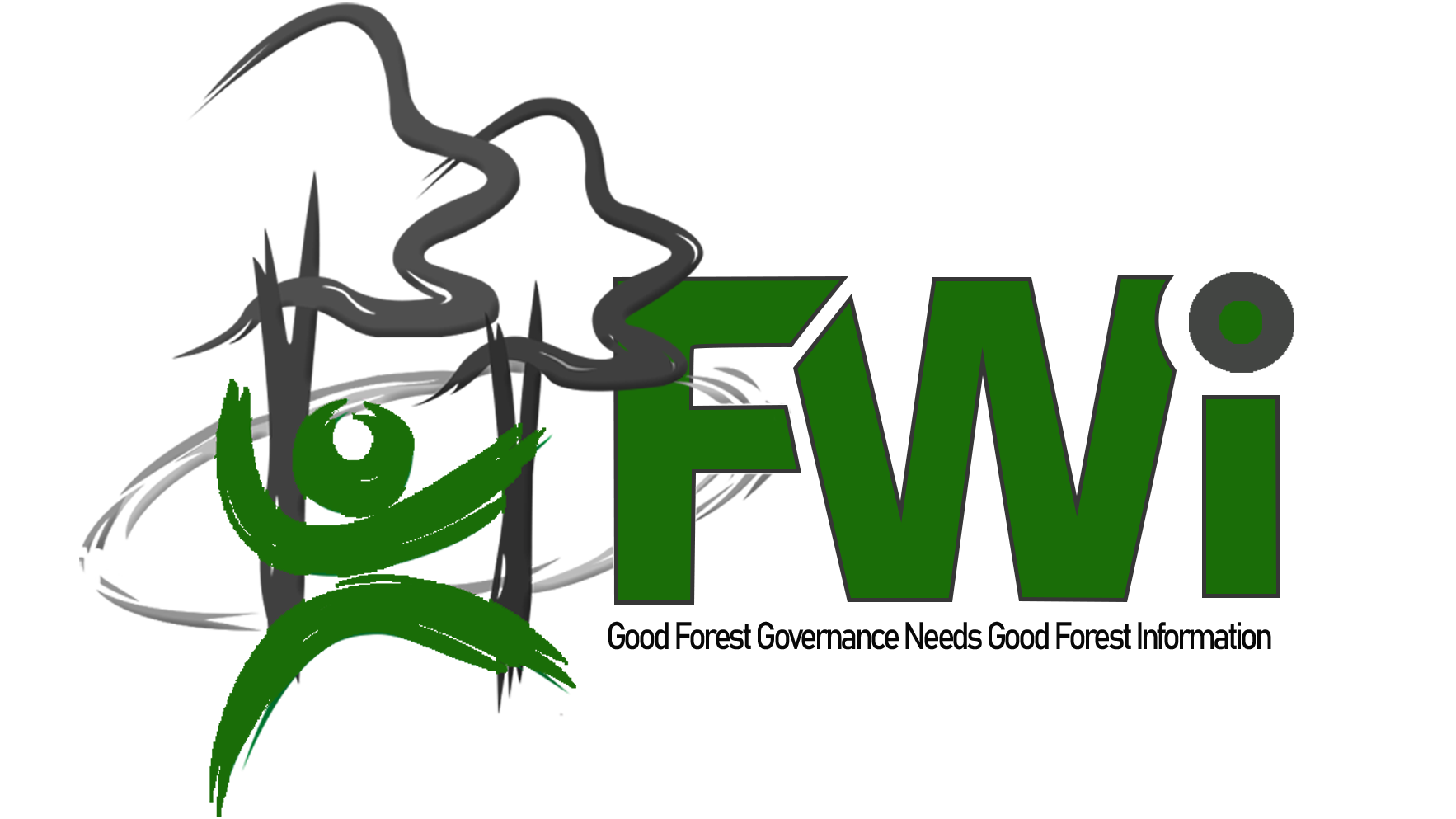Forests in Papua’s Bioregion are one of the last tropical rainforests in Eastern Indonesia. The Papua Bioregion region consists of Papua, West Papua and the Aru Islands. In fact, forests in the Papua Bioregion region have very high biodiversity. In fact, it is a habitat of typical Australian fauna species such as marsupial mammals and several bird species. The results of FWI’s analysis show that until 2018 the area of natural forest in Papua’s Bioregion leaves around 33 million hectares or 81% of the land. On the other hand, forests for indigenous Papuans are not only defined as a living space, but also as a production, economic and social system. This made the relationship with the forest becomes complex and layered, where there are dynamics and a continuous process of change, in line with the challenges faced.
Even so, the existence of natural forests in Papua’s Bioregion continues to experience intense damage. Land-based extractive industries massively and systematically continue to convert natural forests and eliminate the sources of community life and the habitats of endemic animals into roads, mining facilities, etc. Until 2018, out of 14.6 million hectares of licensed areas (IUPHHK-HA / HPH, IUPHHK-HT / HTI, plantations and mining), around 12.1 million hectares or 83% of them are still natural forest. The largest natural forest is located in a mining concession area of 4 million hectares, then a concession area of 3.9 million hectares, an oil palm plantation of 1.4 million hectares, 461 thousand hectares of HTI, and the rest in areas where permits overlap by 2, 2 million hectares. It is predicted that the area that is no longer natural forest will continue to grow. It is recorded that since 2013-2018 there were around 369.9 thousand hectares of natural forest lost within the permit concession.
The vast natural forest inside the licensing concession is a sign that these areas will be deforested and degraded in the following years. The word “development” will become a powerful weapon to legalize all forms of forest exploitation. As a consequence of the destruction and loss of forests, there are indigenous people in the Papua region who continue to feel injustice. Including the injustice of access to correct information, especially regarding the condition of forests, land, and other development programs. This inequality of information leads indigenous peoples to a situation where they experience losses and are in a weak position to the conflicts that occur in natural resource management. Responding to the various problems above, in 2019 FWI conducted a study on portraits of forest and human conditions in Bioregion Papua and packed it into a book. With the hope that it can be used as a reference for various kinds of stakeholders in creating fairness of information about natural resource management, sustainable forest management in Bioregion Papua.
Please download the book via this link
Presentation and Discussion Material can be obtained through this link
English Version click here



